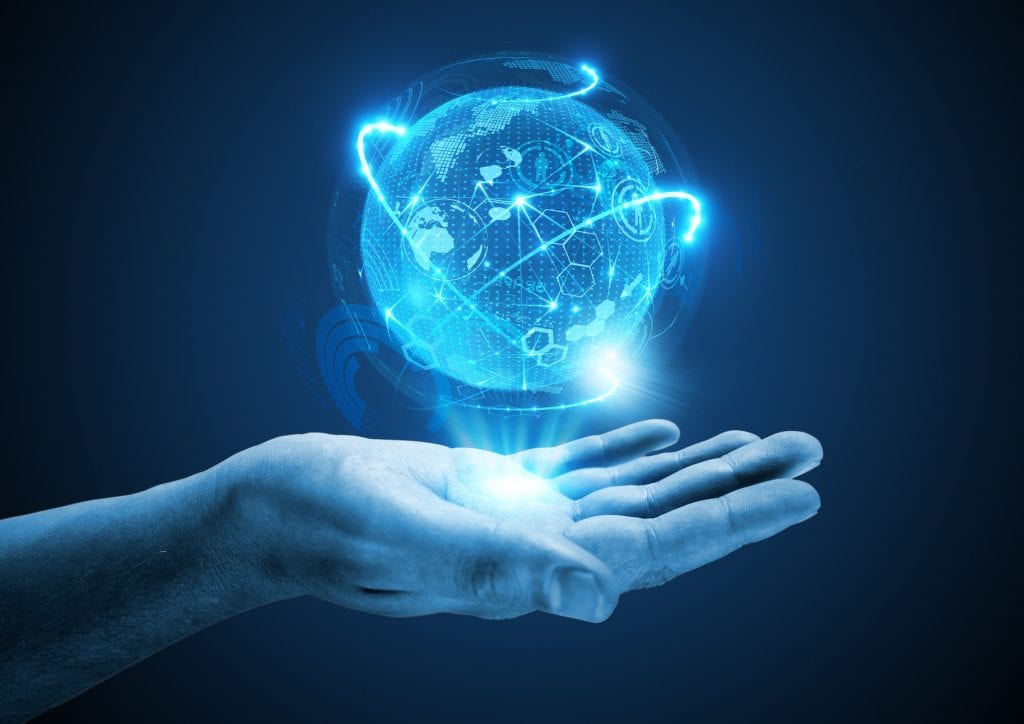 The world is set to undergo the next evolutionary phase in digital communication – and, for once, it has little to do with technology. Instead it will be about how brands communicate with content-hungry audiences and become fully connected in all aspects of their lives, whether they’re visiting their local supermarket or checking out their favorite brands online. It’s a year where experiential marketing will speak much louder than technological innovations.
The world is set to undergo the next evolutionary phase in digital communication – and, for once, it has little to do with technology. Instead it will be about how brands communicate with content-hungry audiences and become fully connected in all aspects of their lives, whether they’re visiting their local supermarket or checking out their favorite brands online. It’s a year where experiential marketing will speak much louder than technological innovations.
An increase in the number of hyper-connected mobile devices that each person owns, coupled with the possibilities offered by augmented reality, virtual reality and 3D printers, is evidence enough that virtually every experience, event and action that takes place digitally will inevitably have a physical component.
This “phygital” movement (where digital experiences are seamlessly integrated with consumers’ physical world) will demand ever more connectivity and dynamism from brands. It will be paramount for marketers to offer experiences that transcend platforms and gadgets, and begin the job of speaking directly to each individual consumer. For brands this means bidding farewell to the traditional business-to-consumer (B2C) world and starting to communicate in a business-to-human (B2H) way, developing deeper relationships with individuals.
Immersive Experiences:
To a large extent, people are now consumers of experiences, more so than products, and this is true of all generations. According to a recent study published by Ketchum 50+ it’s not only millennials stimulating the experience economy, but boomers as well.
These experiences, especially those related to communications, require the coexistence of physical and digital environments and the most successful will be those that are able to connect the different points of contact along a client’s journey. What’s most important, however, is that the process is occurring in two ways: by digitizing the physical and providing a physical element to the digital experience.
In the world of virtual reality, for example, brands are attempting to offer immersive experiences in a bid to connect with people and take them on a journey that they haven’t yet experienced. The table stakes in 2017 are nothing short of WOW! A trip has to be an incredible and unforgettable experience, and brands need to invest the appropriate capital and resources to break through with this emerging technology.
Going Live:
The increase in live-streaming platforms, such as Facebook Live and the multimedia content of Instagram Stories and Snapchat will bring even more urgency for brands to put an emphasis on real-time. In this context, the content of the video becomes more important than the technical quality of it. In addition, broadcasting something live forces brands to make an almost instant commitment to their consumers by providing fast and effective accountability. It’s also another example of how the digital and physical worlds are increasingly linked, providing the opportunity for real-time interaction and bringing brands closer to consumers.
Brand communications with consumers through message platforms like WhatsApp, Facebook Messenger and Viber is no longer “one for all,” but “one by one.” Brands will have to speak to their audiences on these platforms in a more personalized and intimate way, avoiding wide-scale general messaging. The difficulty remains in the fact that these are closed sources. People use WhatsApp and other similar applications to create their own communities; understanding and building relationships with them will be a primary challenges for brands.
For communicators and marketers, 2017 will be about communicating the right way, embracing phygital strategies, and making sure to invite audiences to participate in a highly personalized interaction. Boosting social media posts is so 2016.


